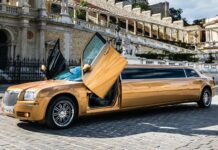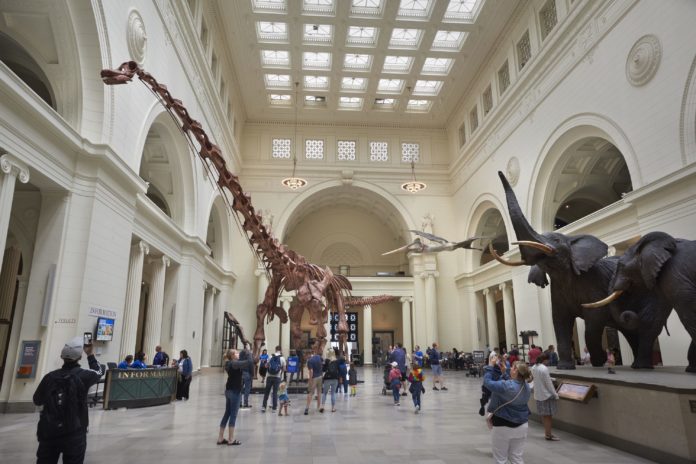
Chicago was always seen as one of the biggest cultural spots in the United States and as such it boasts some of the nation’s finest museums. Choosing which museum in Chicago to visit is a daunting task, so we tried to help by narrowing the list down to five locations you simply must see. There is something for everyone here, from modern art to natural history, to ensure that all tastes are satisfied.
Museum of Contemporary Art
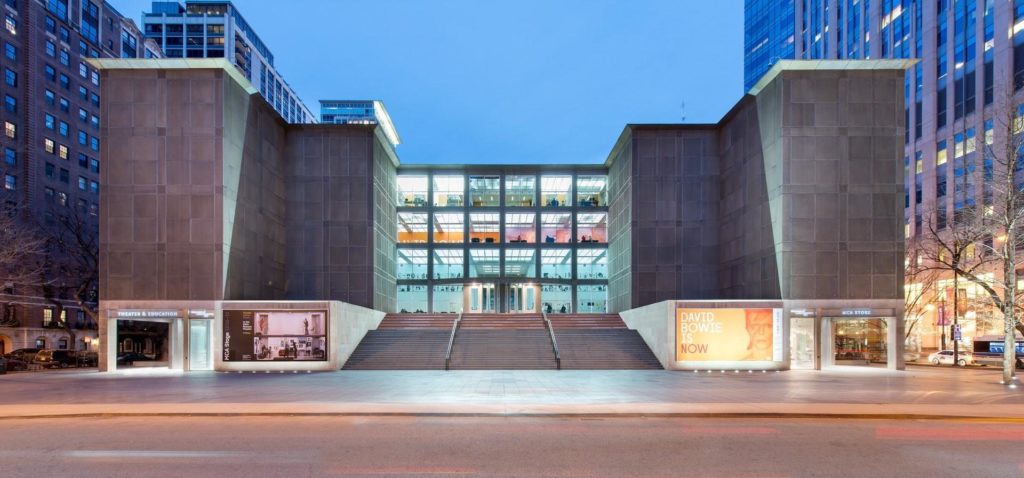
Founded in 1967, the Museum of Contemporary Art in Chicago holds one of the largest collections of contemporary art in the world, containing work from Jasper Johns, Andy Warhol, Cindy Sherman, Kara Walker, and Alexander Calder. It always prided itself on discovering new artist and held Frida Kahlo’s first U.S. exhibition, as well as Jeff Koons’ first solo museum exhibition.
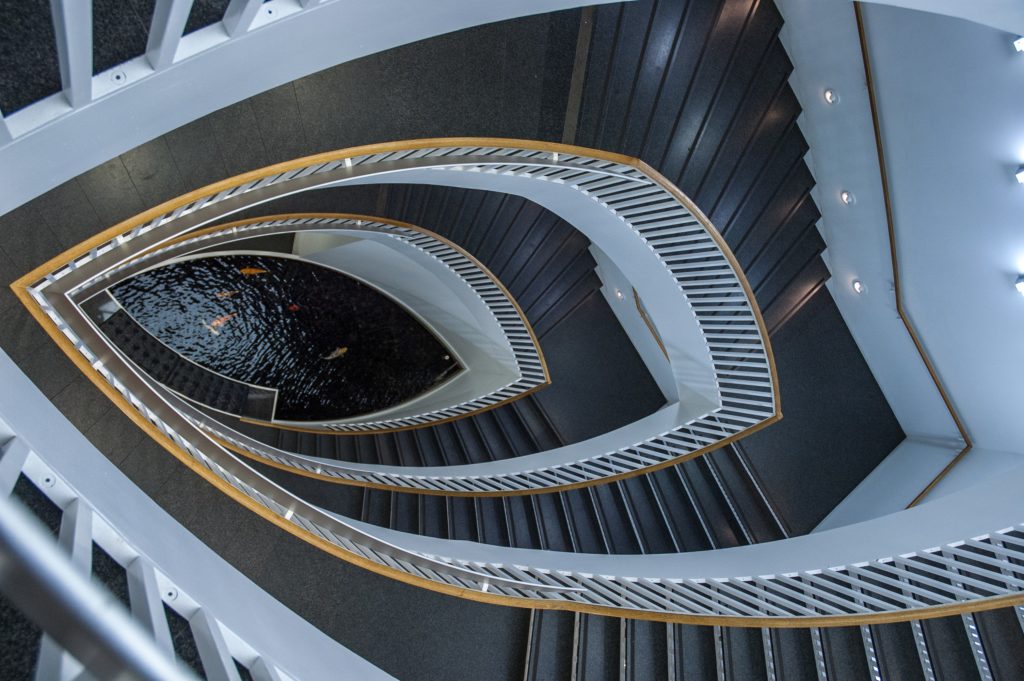
Koon’s later exhibition held the record for the most visited event in the museum’s history until it was broken by the exhibition of Takashi Murakami work in 2017. The museum changed location in 1996 when it moved to its current building, a former National Guard Armory at 220 East Chicago Avenue.
Chicago History Museum
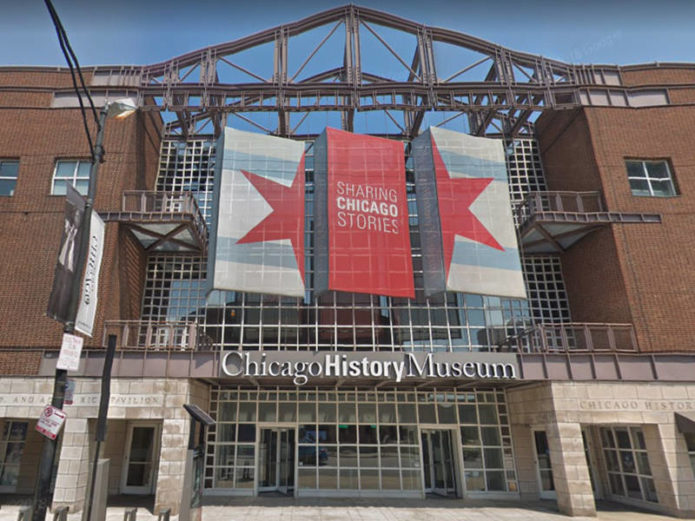
Chicago Historical Society was established in 1856, with the aim of preserving and studying the history of Chicago. The great fire of 1871 destroyed much of its collection, but just like the rest of the city, it managed to rise from the ashes and collect new materials. One of the artifacts that were lost in the fire was Abraham Lincoln’s final draft of the Emancipation Proclamation.
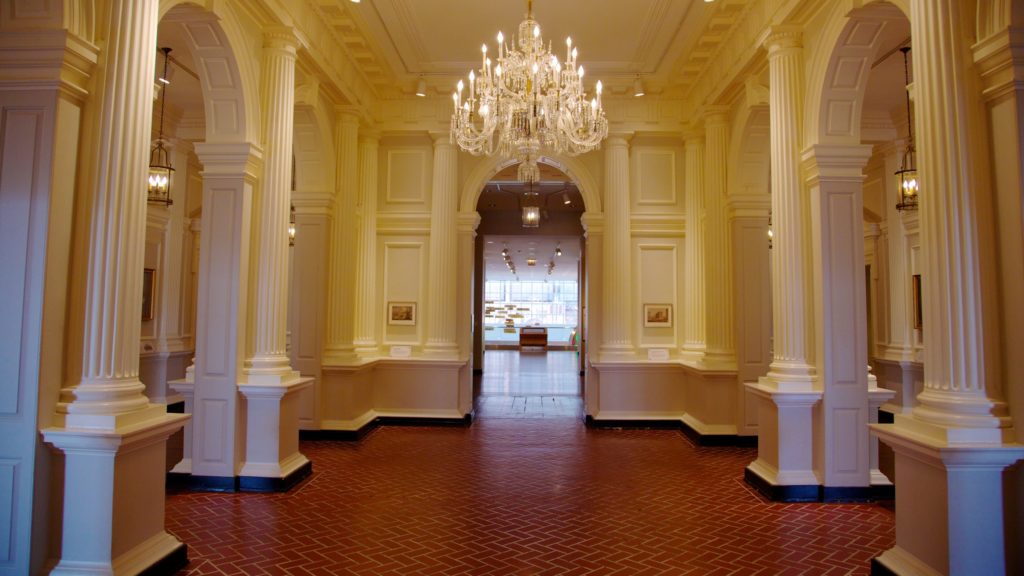
Unfortunately, the building with the entire collection was again destroyed in 1874 by another fire. The new, fireproof building, was built in 1896, which was the home of the Chicago Historical Society for the next 36 years. In 1932, the museum moved to its current location in Lincoln Park. In 2006, it changed its name to the Chicago History Museum.
Smart Museum of Art
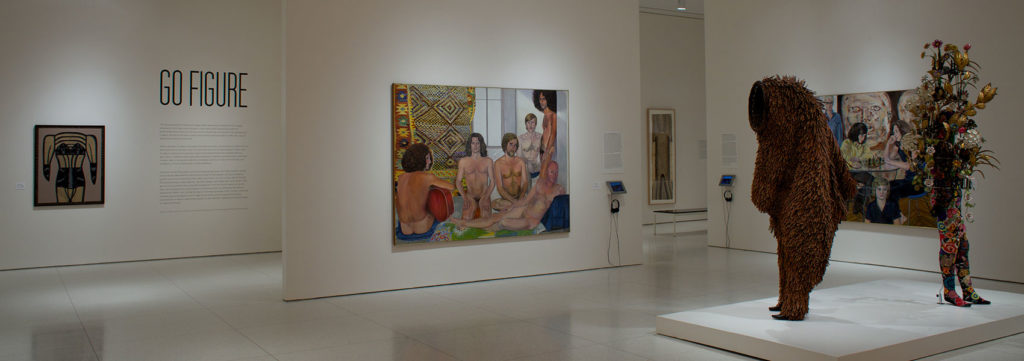
In the 1960’s, the University of Chicago started getting serious about collecting art and establishing a museum on its grounds. The museum was opened in 1974 and it was named after brothers Alfred and David A. Smart, the owners of Esquire and Coronet magazines. The Museum houses more than 15,000 objects of Asian and European art, modern art and design and contemporary art. The collection includes the works of Roberto Matta, Diego Rivera, Arthur Dove, Jean Metzinger, Childe Hassam, Mark Rothko, Walt Kuhn, Joan Mitchell, Norman Lewis, and, Paul Delvaux among others.

Each year the pieces are reshuffled to ensure each one can be seen by the public. Since the museum is owned and funded by the University of Chicago, there is no admission fee for any of its exhibition or programs.
National Museum of Mexican Art
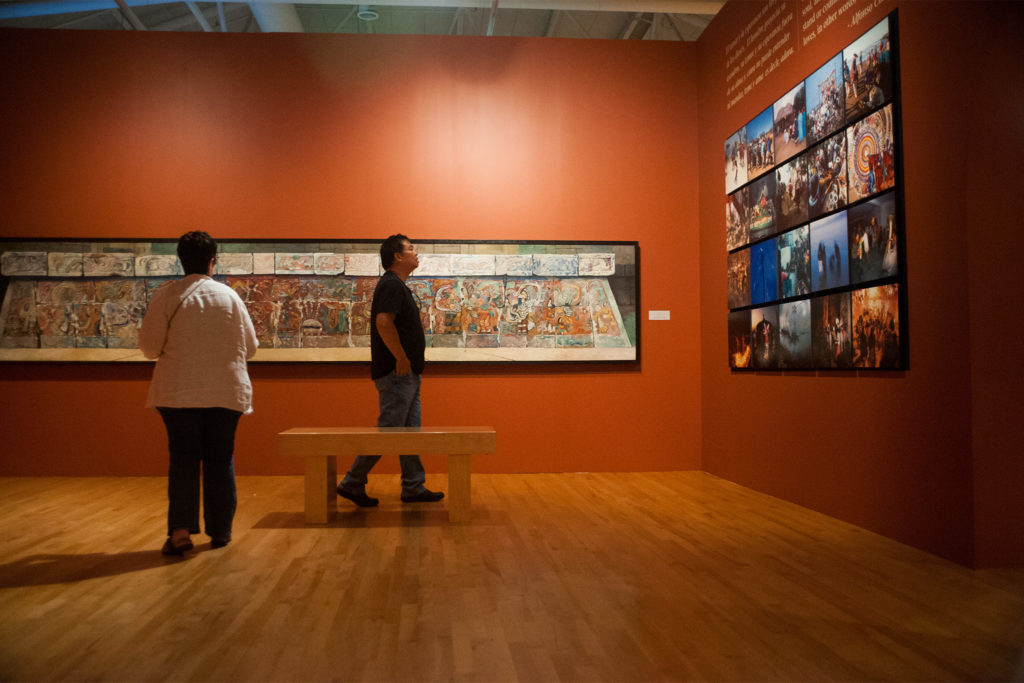
Originally named the Mexican Fine Arts Center Museum, the National Museum of Mexican Art was established in 1982. The permanent exhibition is called Mexicanidad: Our Past is Present and is focused on five stages of Mexican history: Pre-Cuauhtémoc Mexico, Colonial Mexico, Mexico from Independence to Revolution, Post-Mexican Revolution to Present-day Mexico and The Mexican Experience in the US.
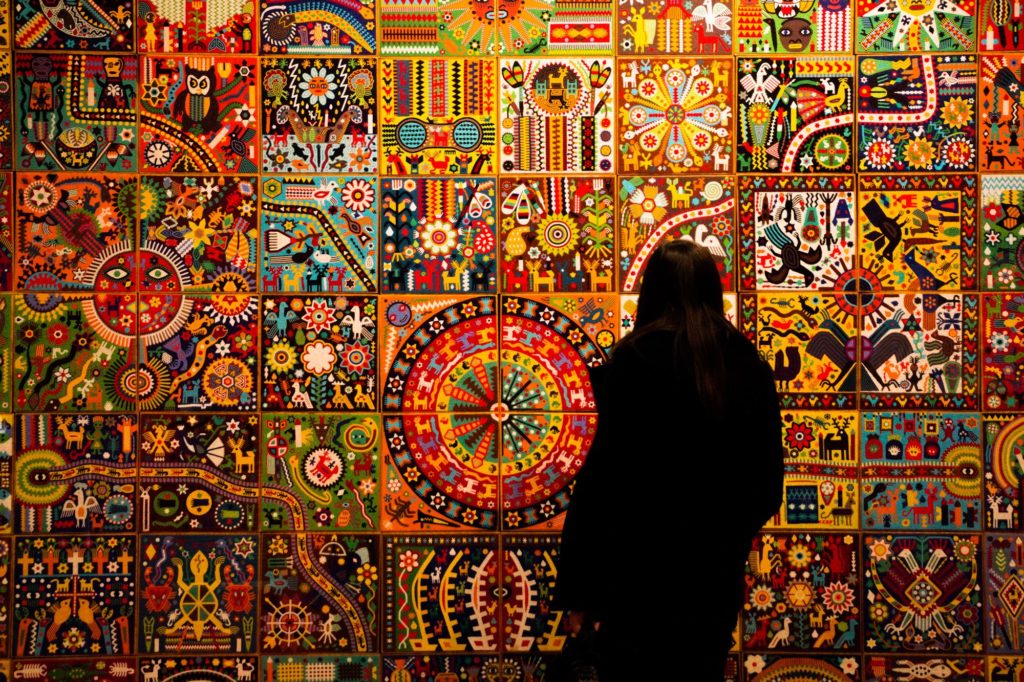
If you happened to be in Chicago in October, don’t miss the annual Día de Los Muertos (Day of the Dead) exhibition, the largest of its kind in the United States. The museum also offers various workshops and lectures on the subject of Mexican and Spanish heritage and has a fantastic gift shop. There is also a great selection of family restaurants in the neighborhood.
Peggy Notebaert Nature Museum
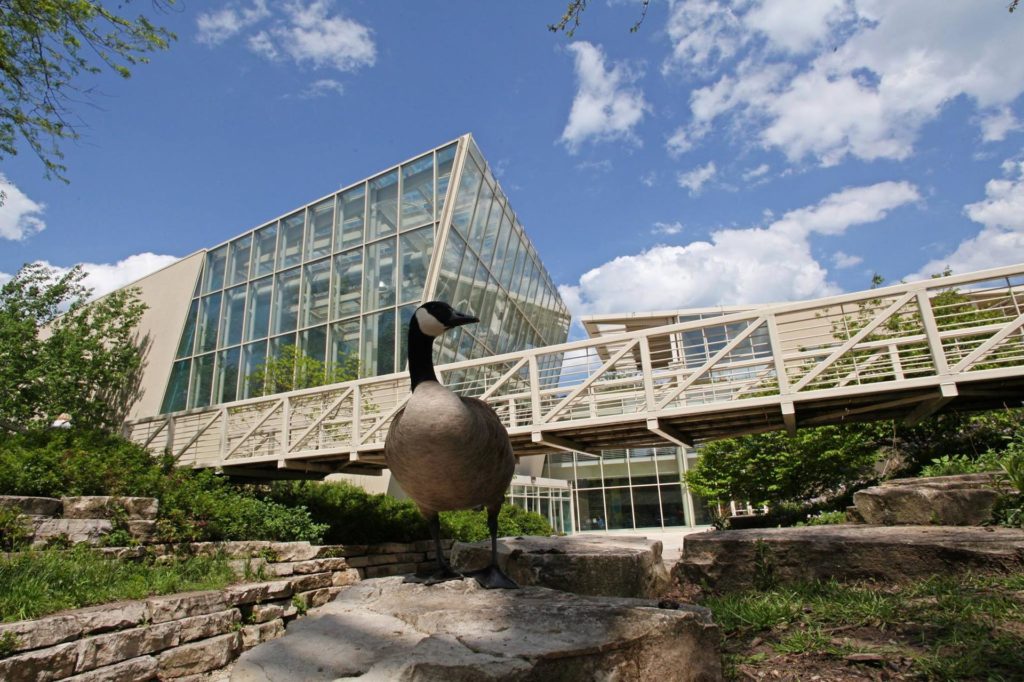
The Peggy Notebaert Nature Museum was founded in 1857 by the Chicago Academy of Sciences and boasted one of the finest natural history collections in the United States at the time. Some of the most prominent naturalists, like Robert Kennicott and William Stimpson, were involved with the creation of the museum and the Academy.
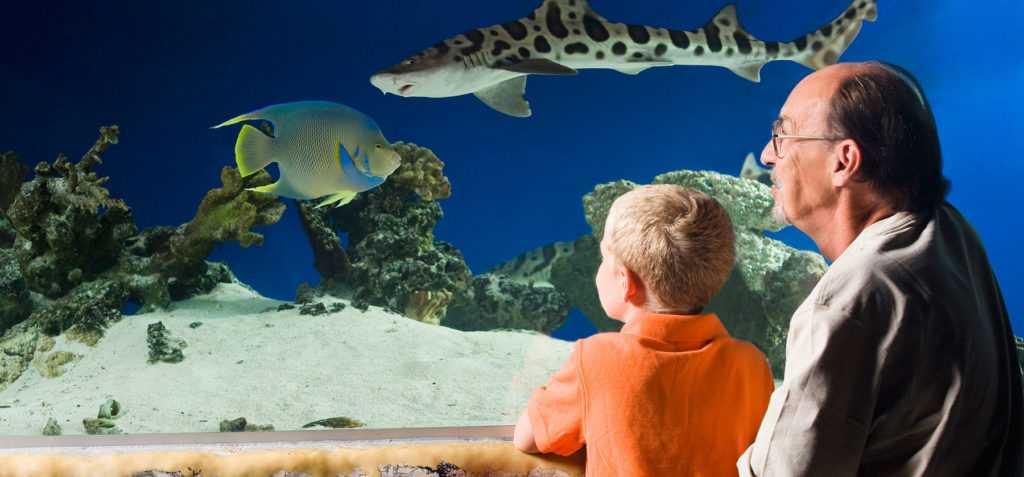
Like many other parts of Chicago, the museum and its entire collection were destroyed in the fire of 1871. In 1999, the museum was moved to its present location in Lincoln Park. One of its main attractions is the Butterfly Haven, hosting more than 1,000 butterflies from 75 species from Central and South America, Africa and Asia. While you are at Lincoln Park, you can also visit Lincoln Park Conservatory, free of charge.

